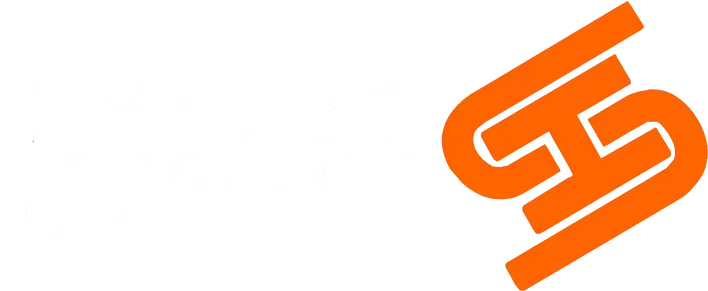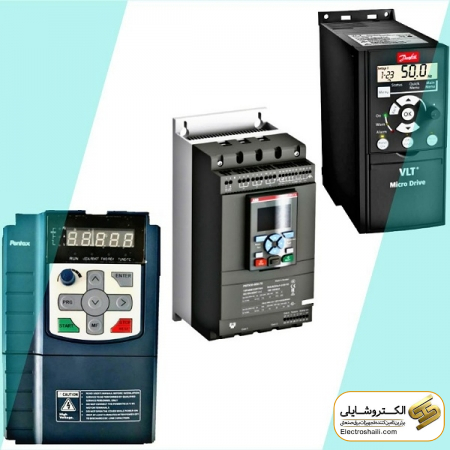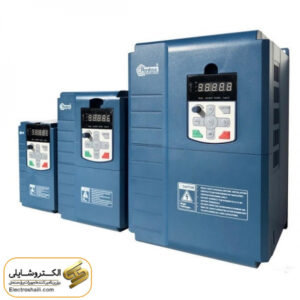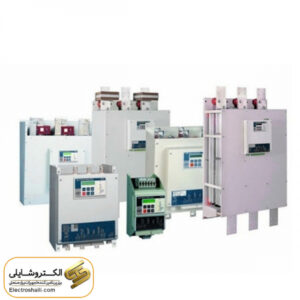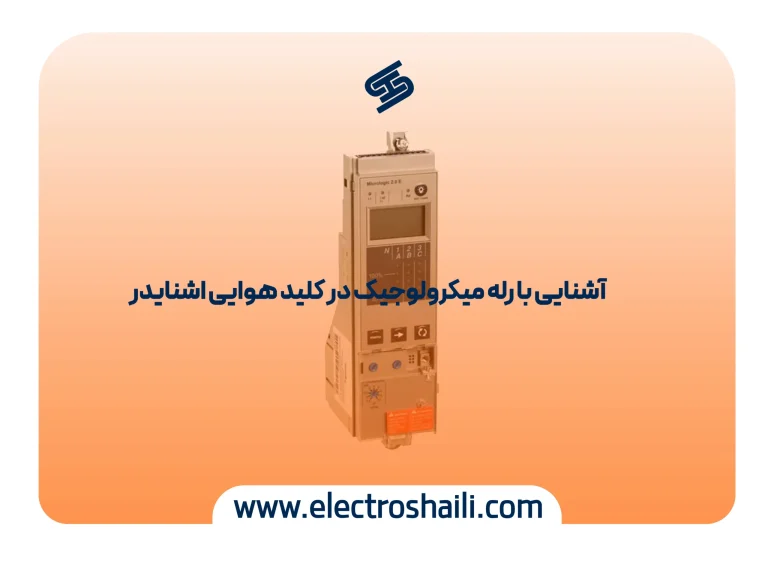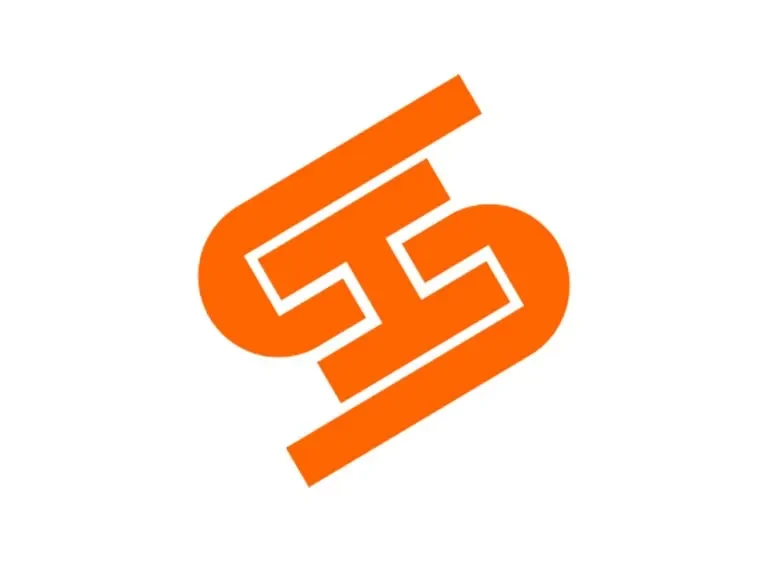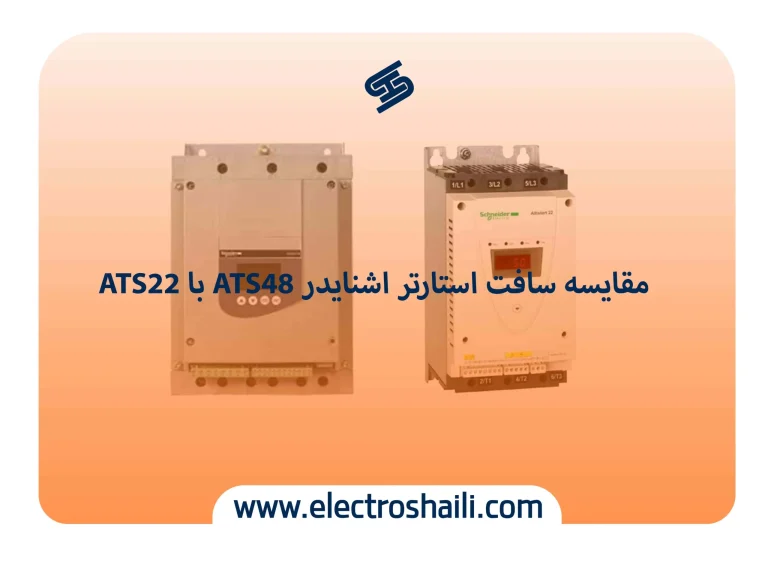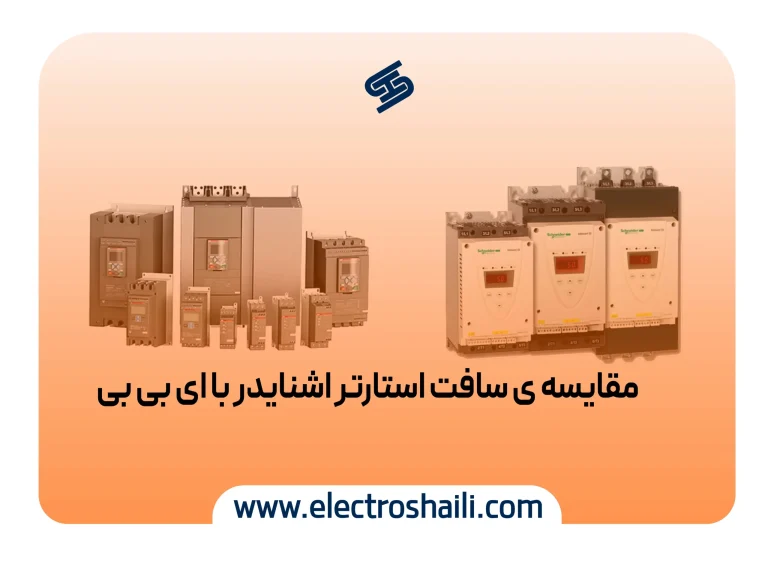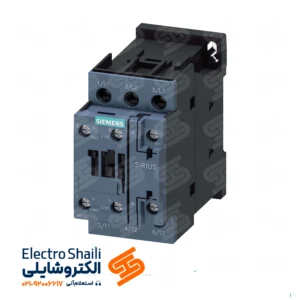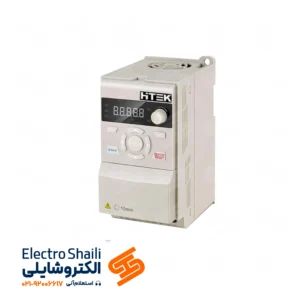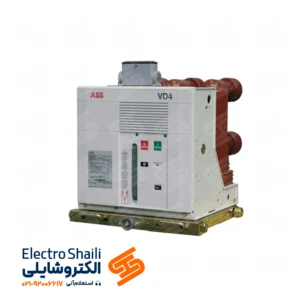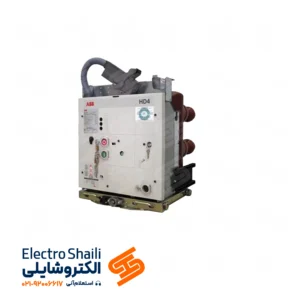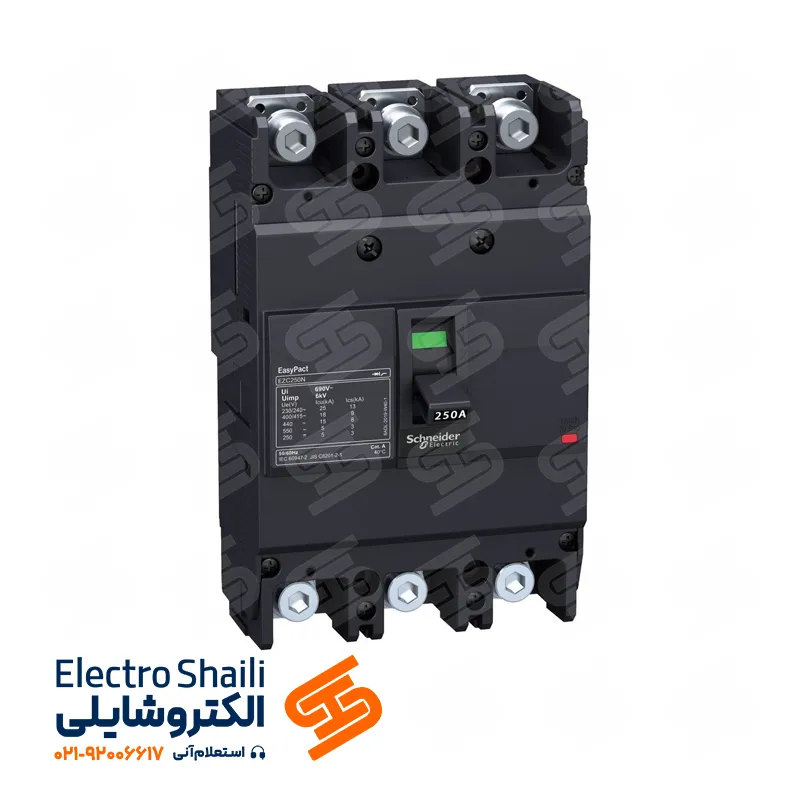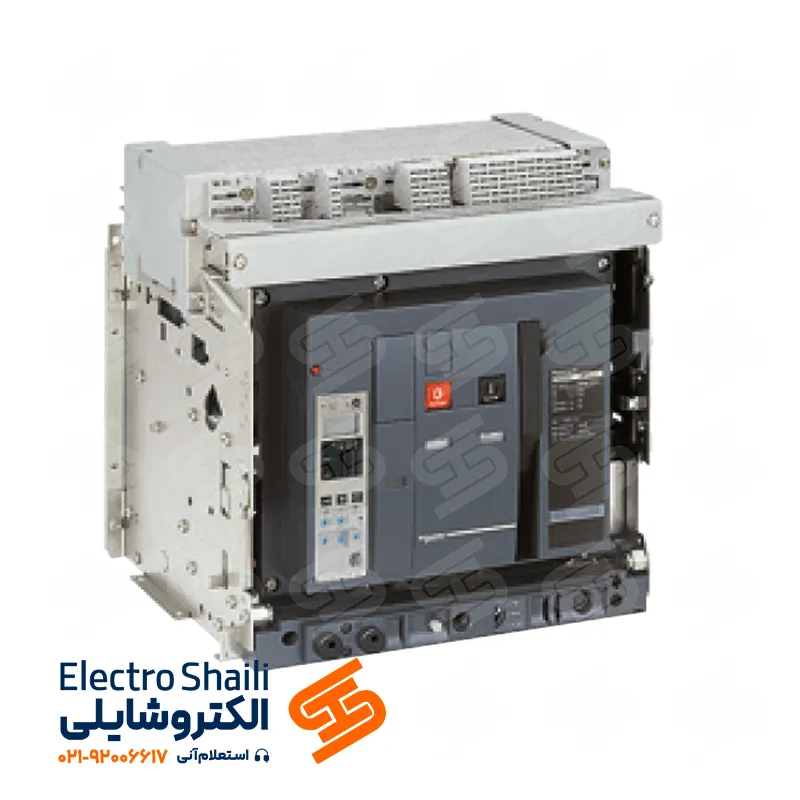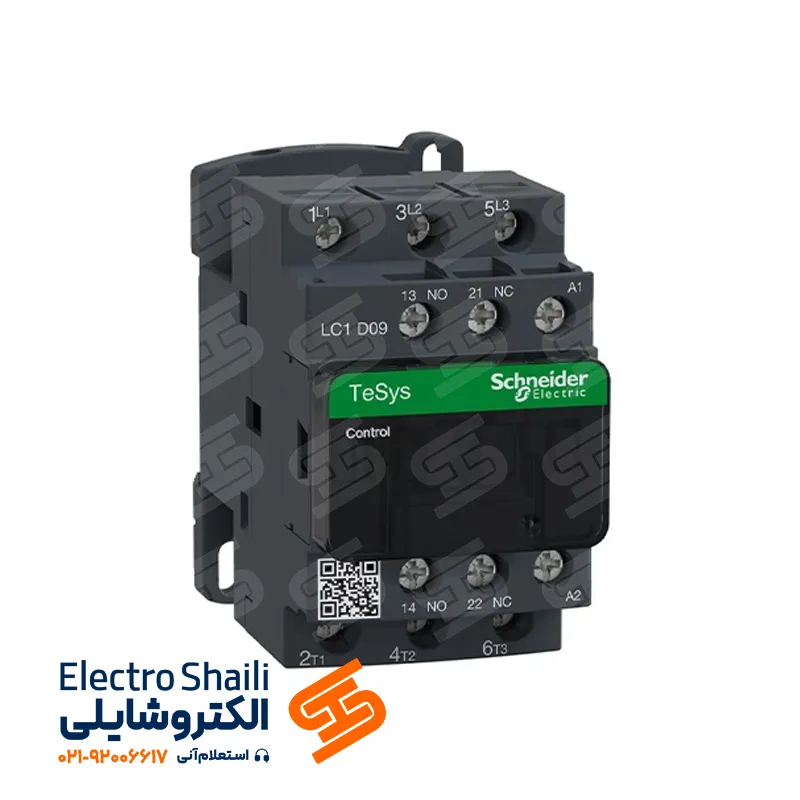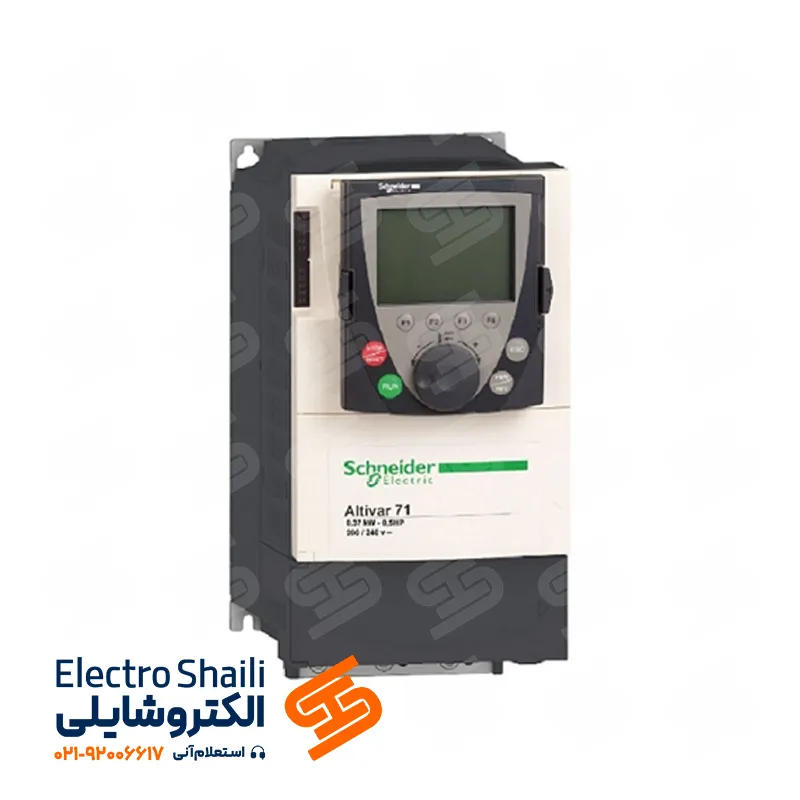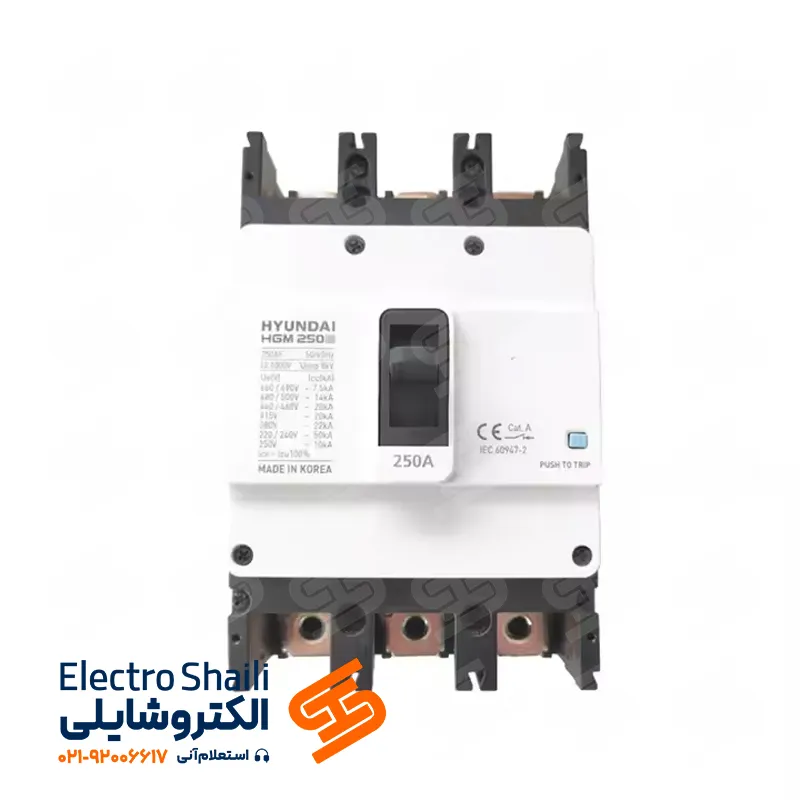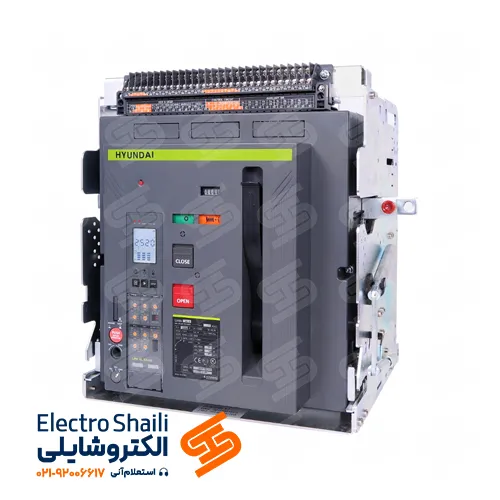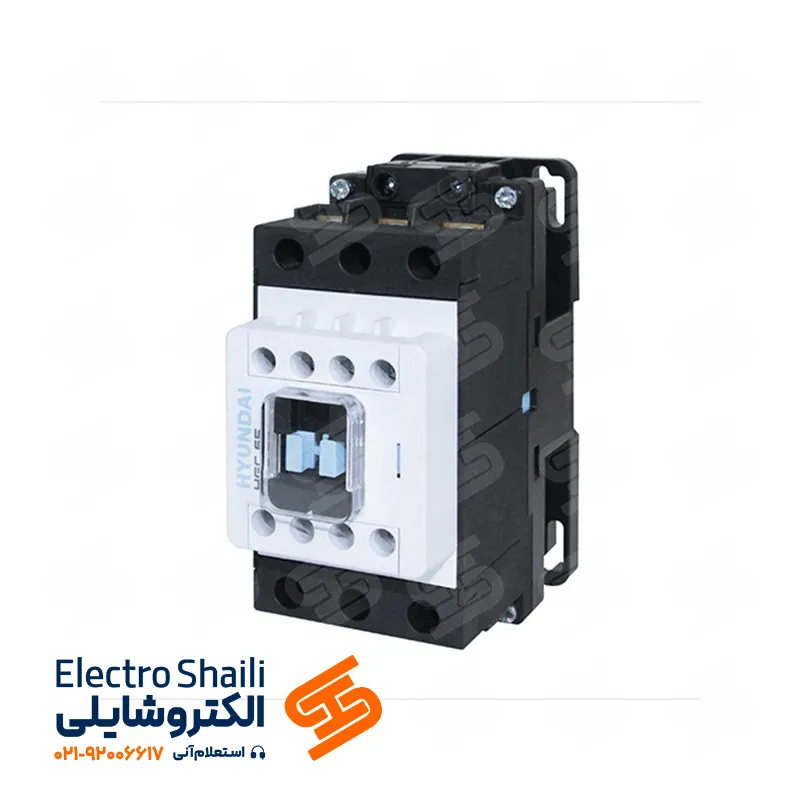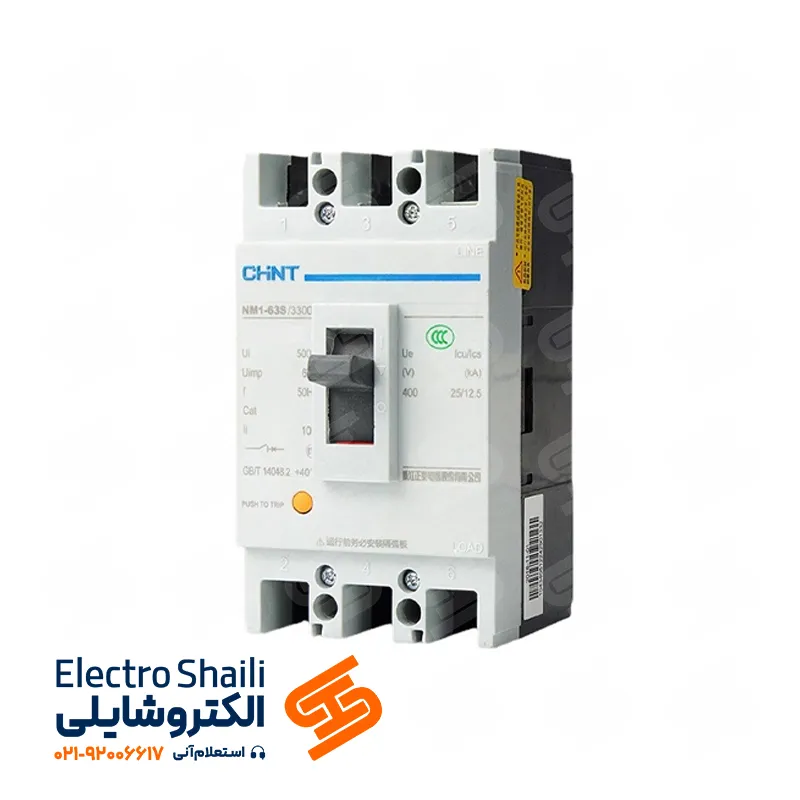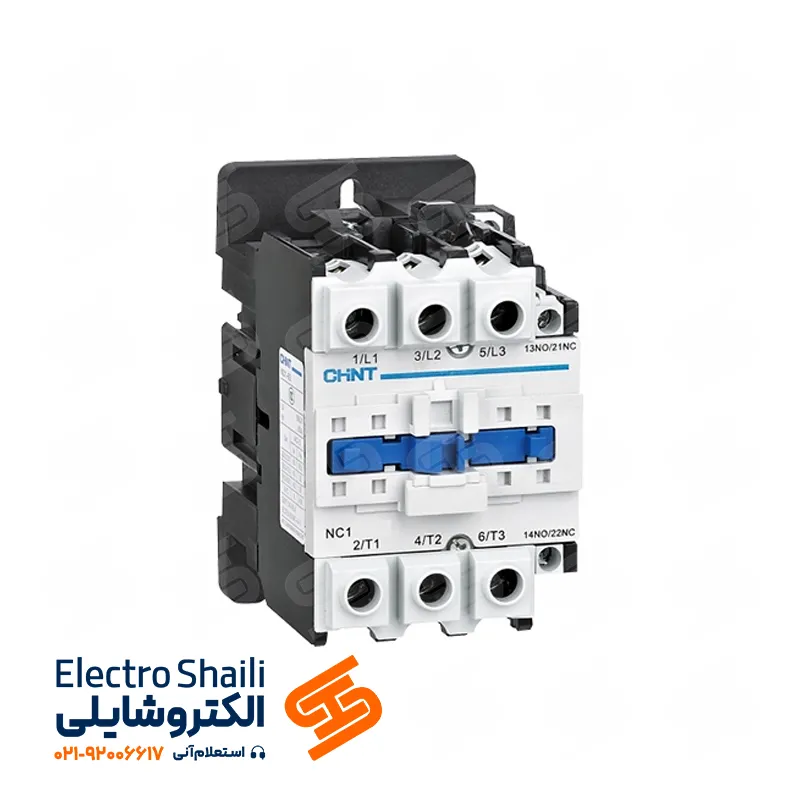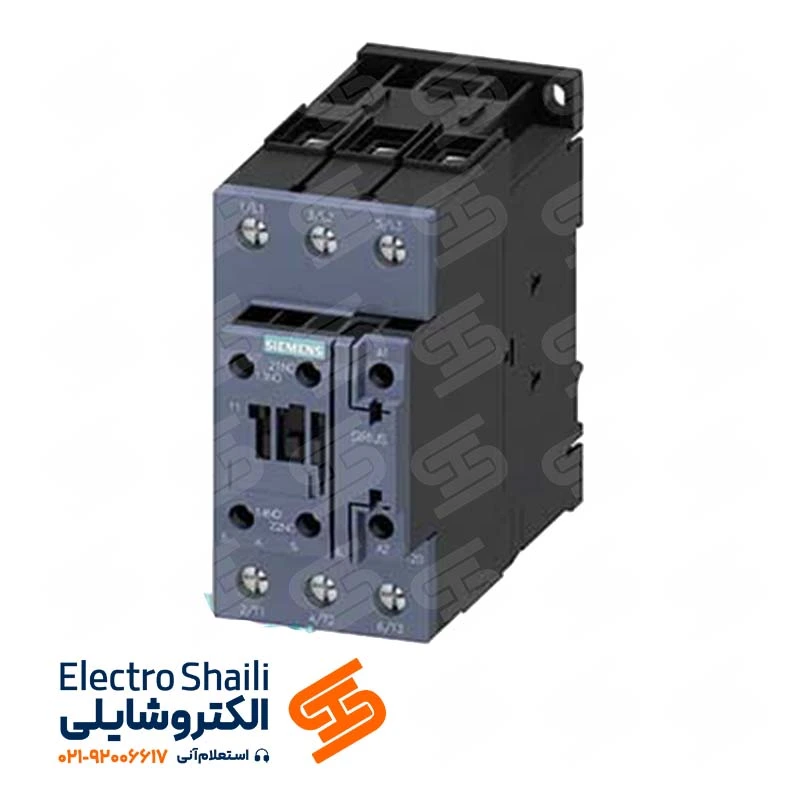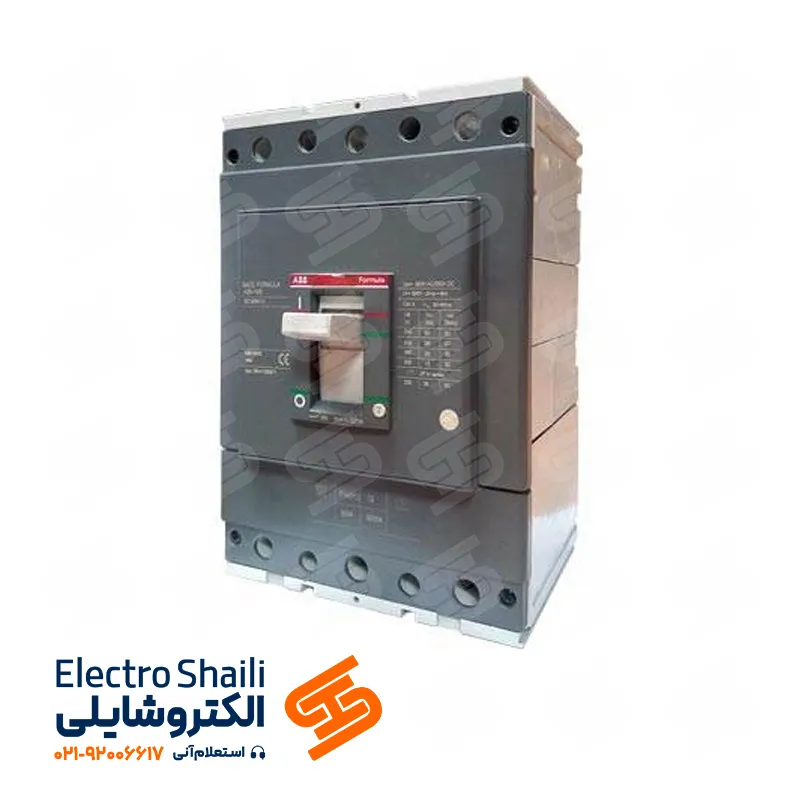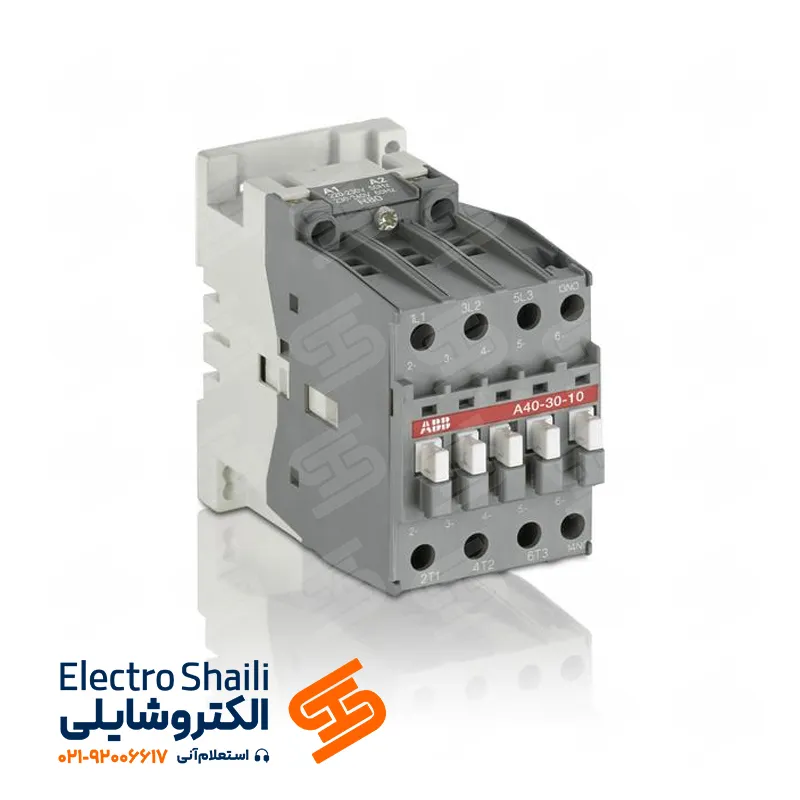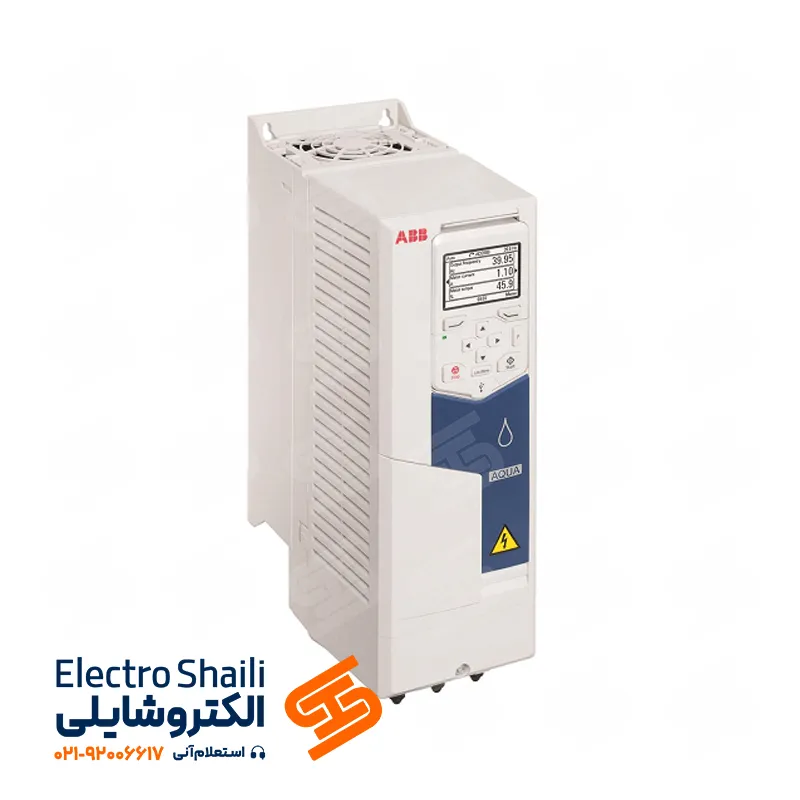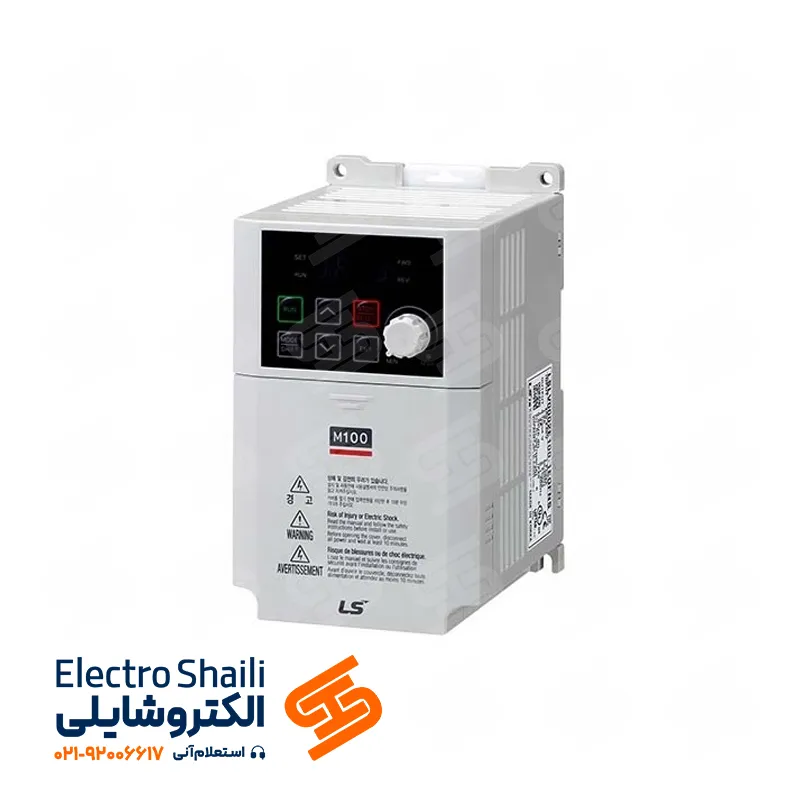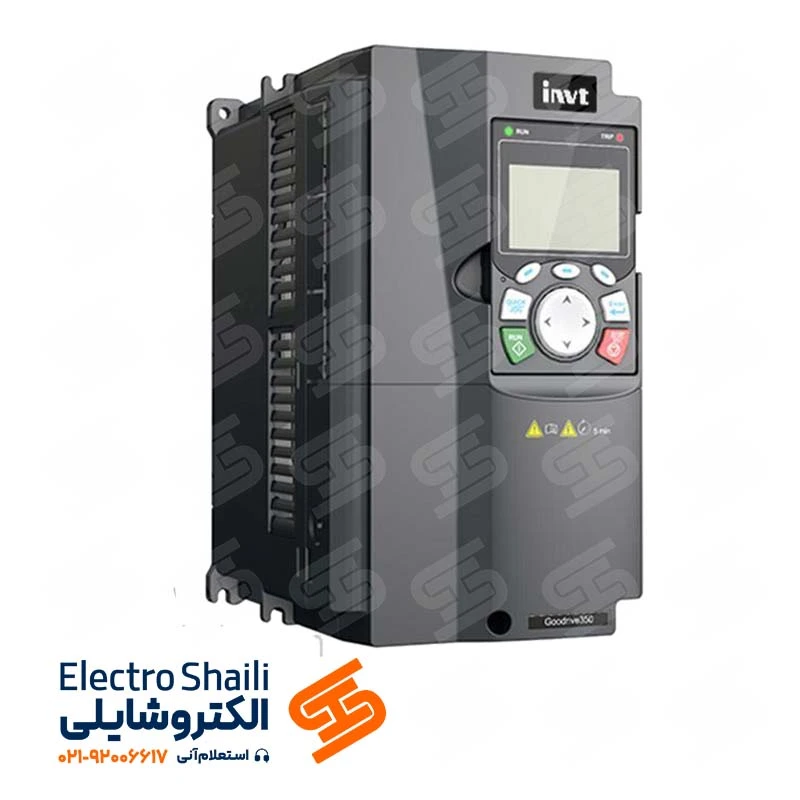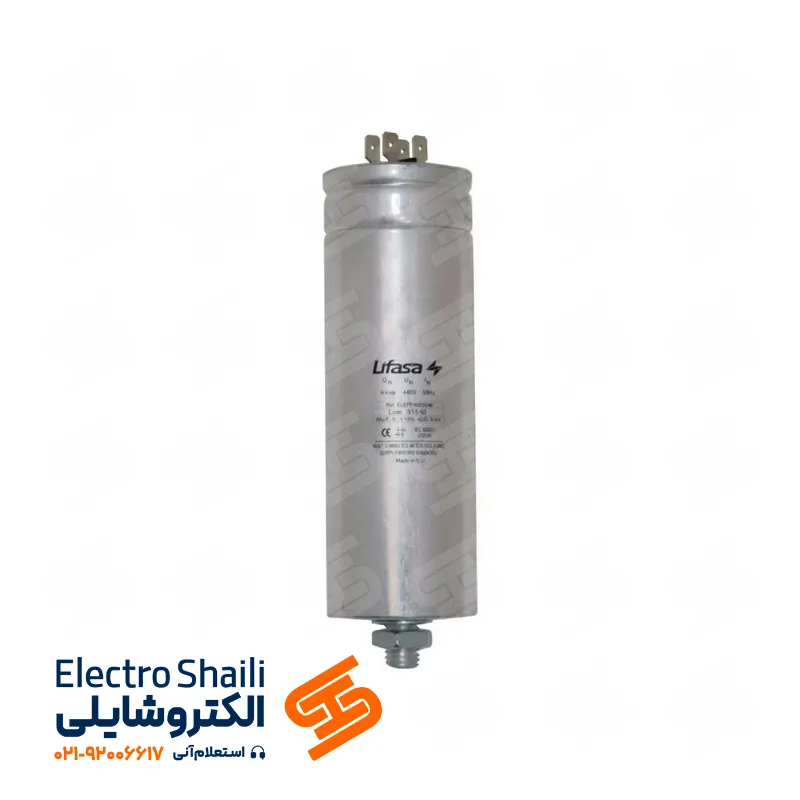Difference between Soft Starter and Inverter
The use of inverters and soft starters in electrical devices and systems is widespread. These two devices are used as key tools in the startup of electric motors. However, there are significant differences between soft starters and inverters that need to be explored for better understanding, and examining various factors is necessary to comprehend these differences.
A soft starter acts as an electric power starter for motors and, during their startup, applies current and voltage in a soft and pre-arranged manner. Soft starters are used to reduce the pressures resulting from the rapid startup of electric motors.
On the other hand, an inverter or drive is responsible for changing the frequency and voltage of the input electricity to control the speed and precise performance of the electric motor. These devices are recognized as intelligent solutions for optimizing energy consumption and increasing the efficiency of electric motors.
Given these descriptions, it is evident that soft starters and inverters work in different areas, including stress reduction during startup and optimization of motor performance.
To better understand the differences between these two devices, the first step is to become familiar with the features and applications of each. In this article, we carefully examine the applications and subtle differences between these two prominent tools. For more information, stay with us.
Soft Starter or Soft Starter
A soft starter is considered a vital electrical device in motor electrical systems. This device has the capability to regulate the voltage and motor current at the moment of startup. By using a soft starter, the startup current is controlled and significantly reduced. Although these devices may have a high cost, due to their high efficiency, ease of use, and wide range of applications, they have attracted significant attention from various industries.
For a more precise understanding of the differences between a soft starter and an inverter, it is logical to first become familiar with the concepts and characteristics of each. A soft starter, as an electrical device, is responsible for regulating the voltage of the motor at the moment of startup.
This device is used in situations where the startup current is high. Although soft starters may have a relatively high cost, due to their ease of use and extensive applications, they have attracted a lot of attention.
Inverter or Variable Frequency Drive (VFD)
A Variable Frequency Drive (VFD) or Variable Speed Drive (VSD), also known as an inverter, acts as a vital technology for optimizing the performance of motors. Inverters function as advanced electronic devices responsible for controlling the speed of the motor during startup and shutdown moments. This control is based on changing the voltage and frequency.
These drives have various types designed to maintain constant current and pressure. The low energy consumption of inverters, due to the low-speed operation of motors, allows you to optimize energy consumption at a lower cost.
The use of inverters allows you to completely adjust the motor speed, reducing internal pipe vibrations and providing dynamic torque and smooth motion. These devices are suitable for use in escalators and elevators due to precise speed control. Additionally, due to precise speed control, inverters are recognized as an ideal tool for use in industries such as mixers, crushers, and mills.
Reviewing the Differences between Soft Starter and Inverter Considering Various Factors
The final decision to choose between a soft starter and an inverter depends on the specific application and the need for precise control. To compare these two tools, it is important to consider various factors, which are examined below.
Program Speed Control:
– If your program involves a high current surge but does not require speed control, soft starters are a suitable choice.
– If you need precise speed control, using an inverter or drive is essential.
Difference in Operation:
– Soft starters are used for motor startup and have a limited application.
– Inverters are used to change and control motor speed, startup, and rotation direction.
Device Dimensions:
– Soft starters have smaller dimensions compared to drives and usually occupy less space.
– Inverters have larger dimensions and occupy more space.
Device Price:
– Inverters, due to their additional features, generally have a higher price compared to soft starters.
– The price of inverters is usually higher than that of soft starters.
Considering the above content, it is clear that these two tools are selected based on different needs and characteristics in various applications.
Difference between Soft Starter and Inverter in Terms of Device Keys
In the electrical world, soft starters and inverters are two devices with various features and applications. One of the key differences between these two is related to the device keys.
A soft starter, recognized as a powerful tool in motor startups, has static keys. These keys are used for controlling current and voltage in high-power applications in a reverse and parallel manner. This unique feature of soft starters is suitable for high-power applications.
On the other hand, an inverter, due to its advanced capabilities, is better suited to be connected to a motor. In addition to connecting to one motor, this device can also be connected to multiple motors. However, it is recommended to do this to a limited extent to achieve optimal performance.
Therefore, the main difference between a soft starter and an inverter lies in how they use device keys, each having its own specific applications and needs within its electrical domain.
Difference between Soft Starter and Inverter in Terms of Control Capability
One prominent difference between a soft starter and an inverter is their remote control capability. Inverters, being advanced tools in the industry, provide precise and remote control. This feature has made these devices a suitable option for applications requiring precise remote control.
In contrast, soft starters do not provide this capability and have a more limited application in the industry. These devices are primarily used for motor startups and do not offer remote control capabilities to the user.
Given this fundamental difference, inverters are introduced as an advanced and reliable option for users who require precise and remote control. In contrast, soft starters are more suitable for applications with more limited control needs.
Practical Examples of Using Soft Starter and Inverter
After examining the functions and differences between soft starters and inverters, let’s look at two practical examples for a better understanding of these devices:
First Practical Example: Use in Water Treatment
For water treatment facilities requiring a constant flow, how do you choose between a soft starter and an inverter? In this case, the use of a soft starter is preferred as a reliable and efficient tool. During the pump startup, a strong current enters the motor, and using a soft starter allows precise control of this current. Also, with a constant match between the input and output water, the pump speed will remain constant. If there are changes in water demand, an inverter is introduced as a suitable option.
Second Practical Example: Use in Cooling Fan System
In air cooling systems, such as a cooling fan system, the need arises for a control device. In this scenario, considering temperature changes in the environment, the fan speed requires adjustment. Here, the application of inverters as a tool with variable speed is very suitable. These devices help optimize energy consumption and environmental cooling by dynamically adjusting the fan speed. If the only requirement is to turn the device on or off, a soft starter remains a reliable and economical option.
Conclusion
In this article, we carefully discussed the differences and features of soft starters and inverters. Despite many differences, these two devices also share common applications in electrical scenarios. Inverters are mainly used for adjusting motor speed, while soft starters are used for motor startup and shutdown.
The most important differentiating factors between these two devices include price, dimensions, and speed control, all of which have been covered in this article. The choice between these two depends on your needs and applications. Depending on the intended use, you can choose one or both of these devices.
In purchasing and using these products, credibility and quality are vital. On the Electro Shaili website, soft starters and inverters from various brands and applications are available. All these products, with guaranteed credibility and quality from ElectroShaili, are presented to you.
